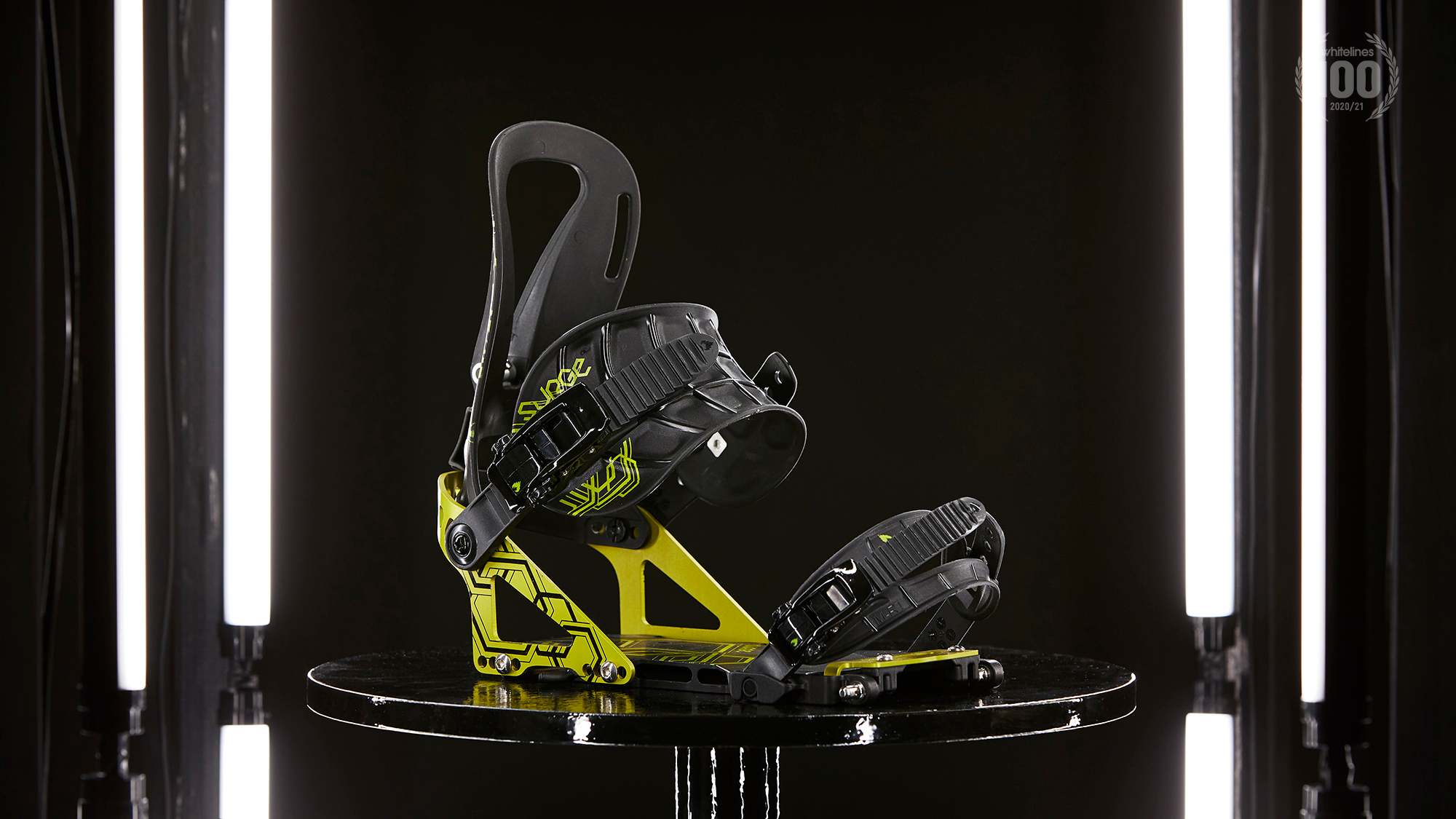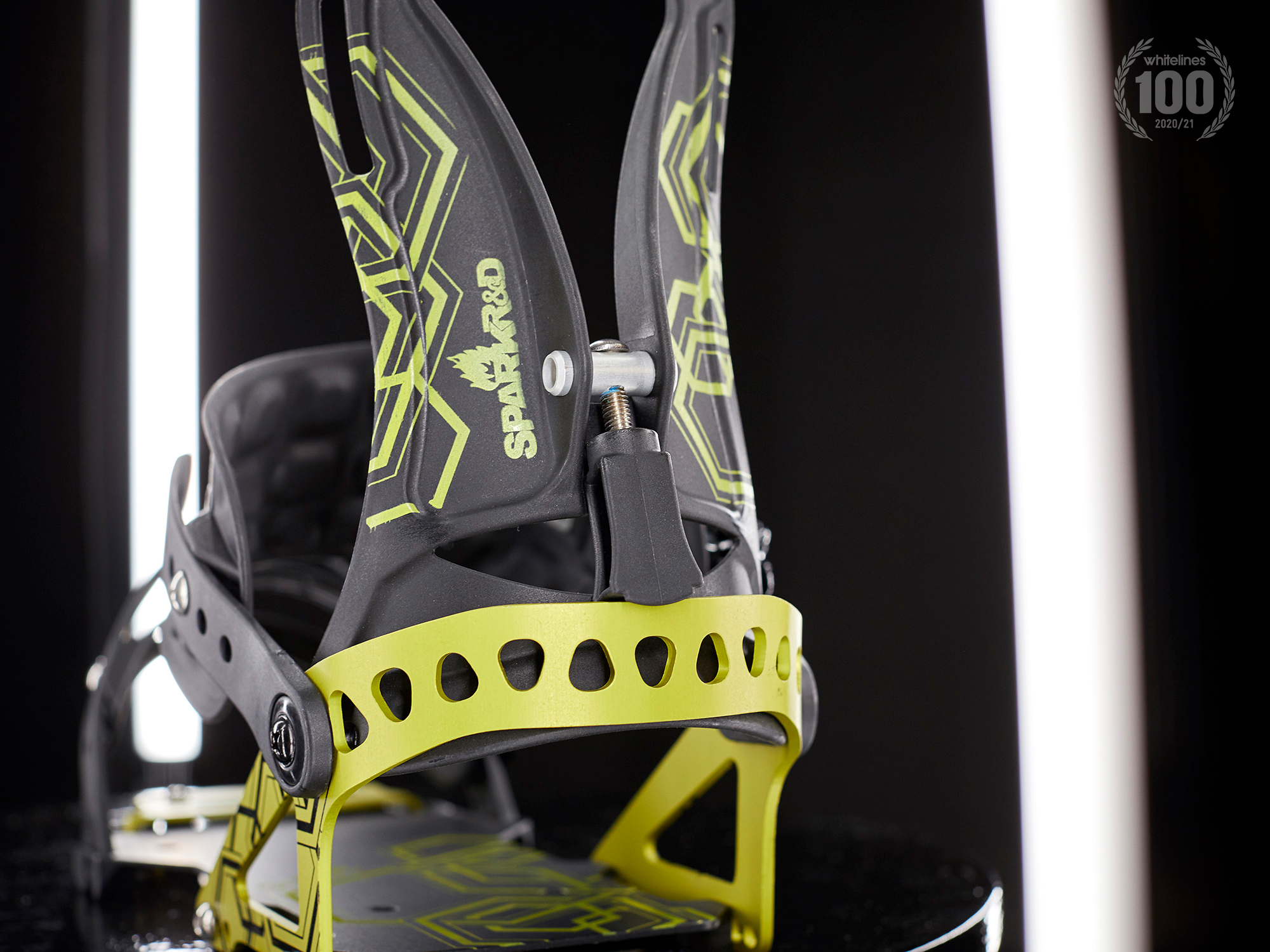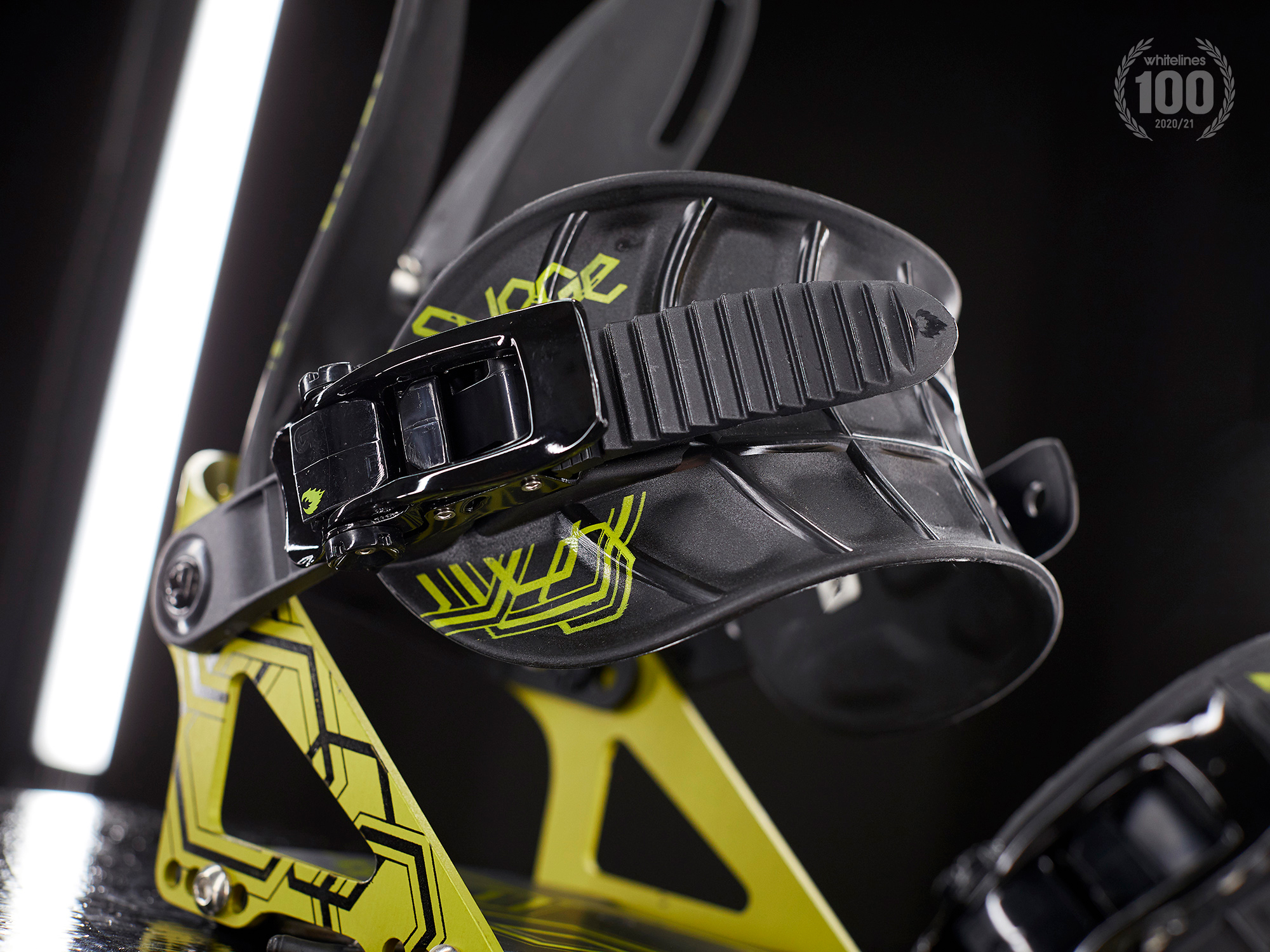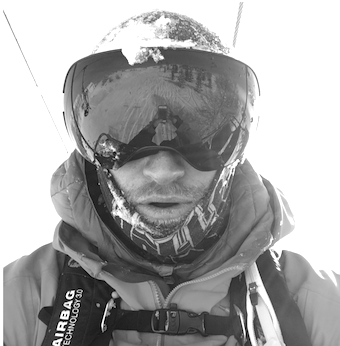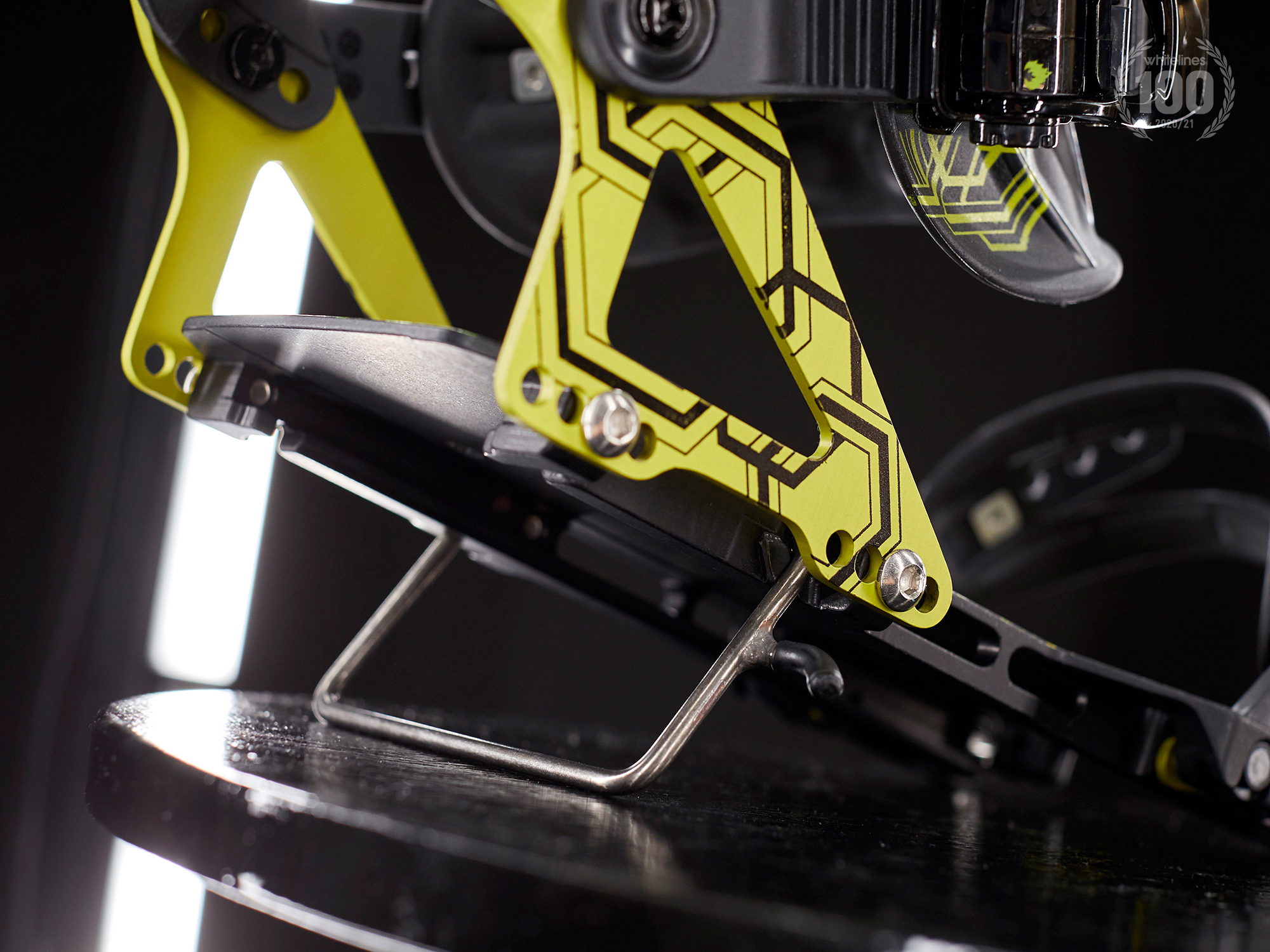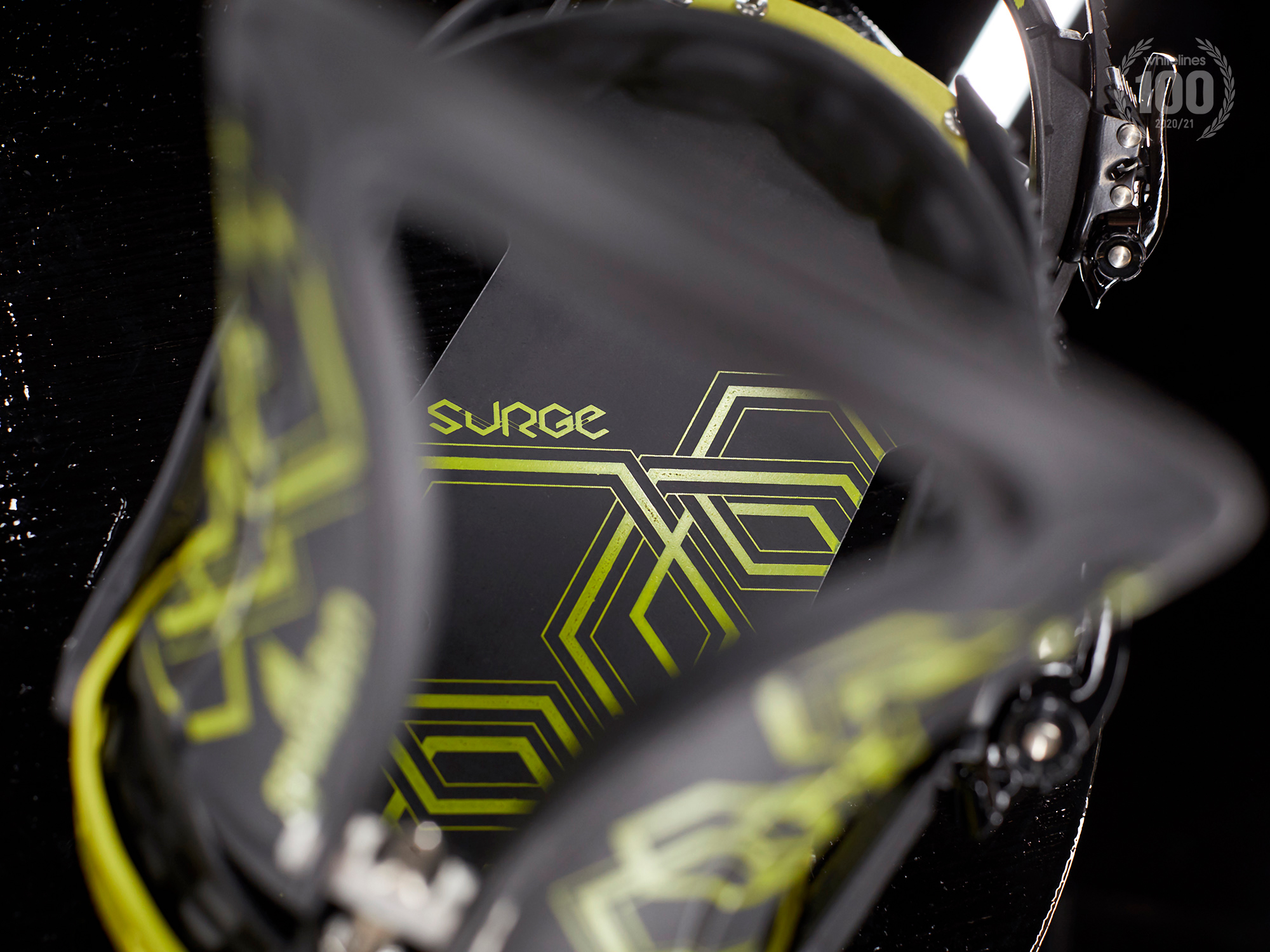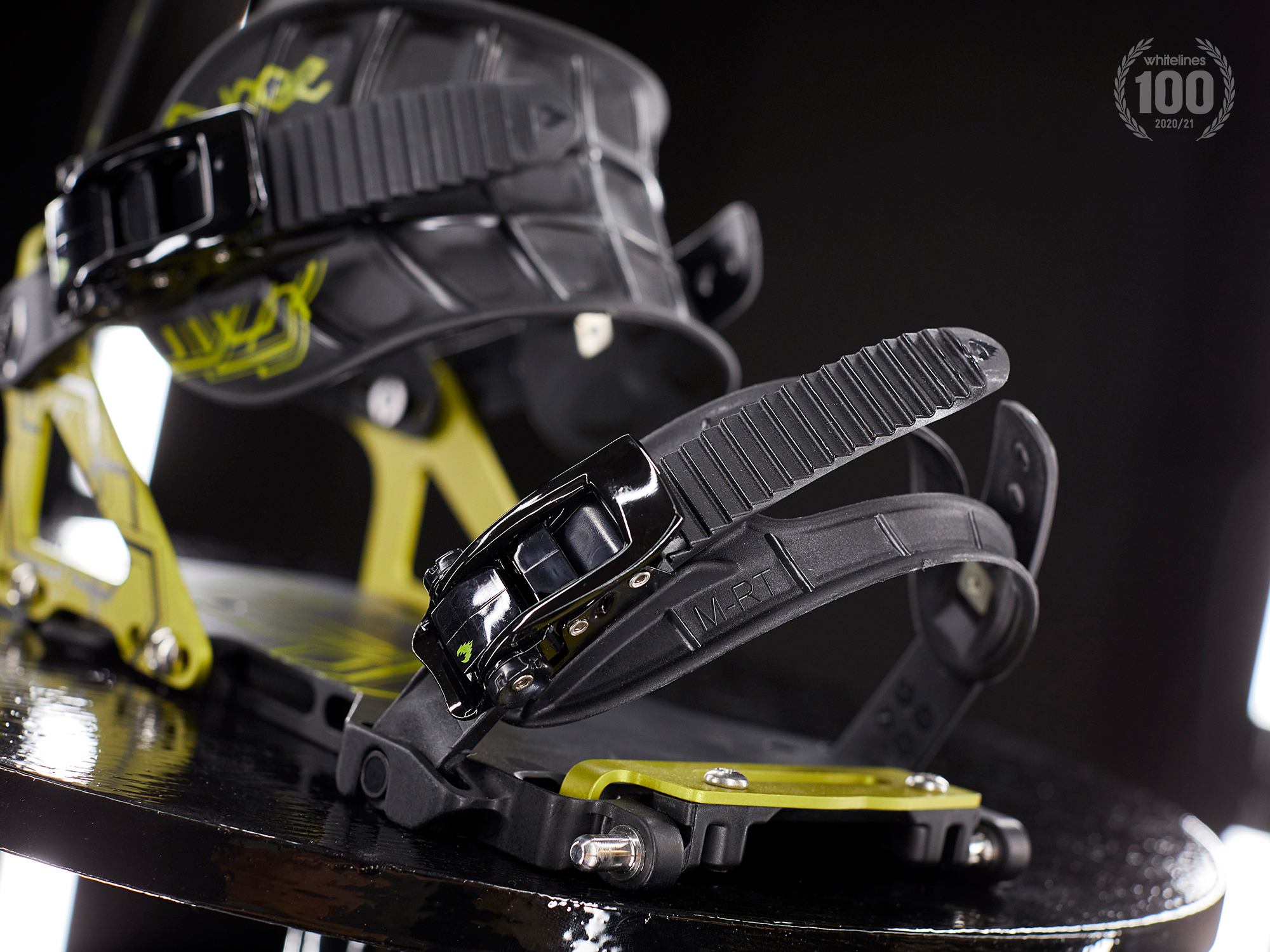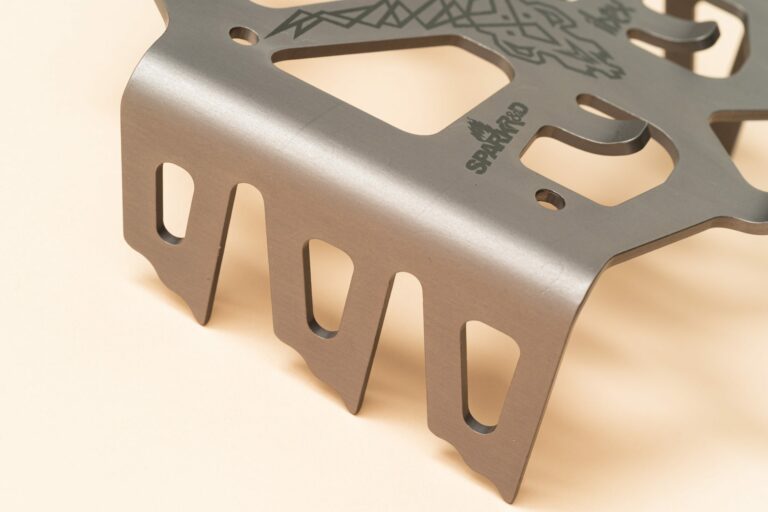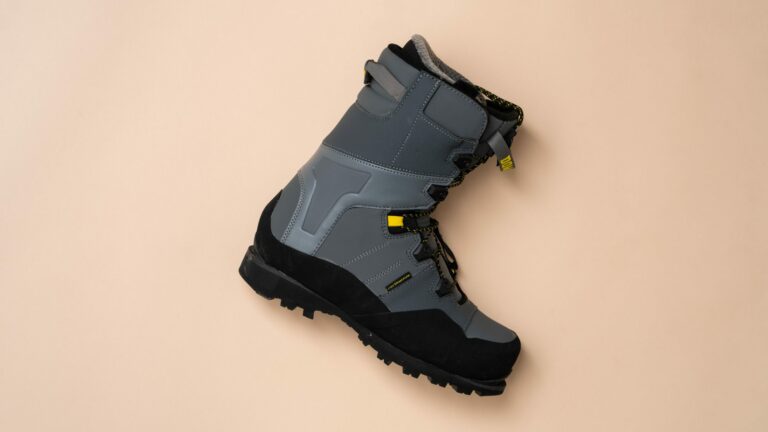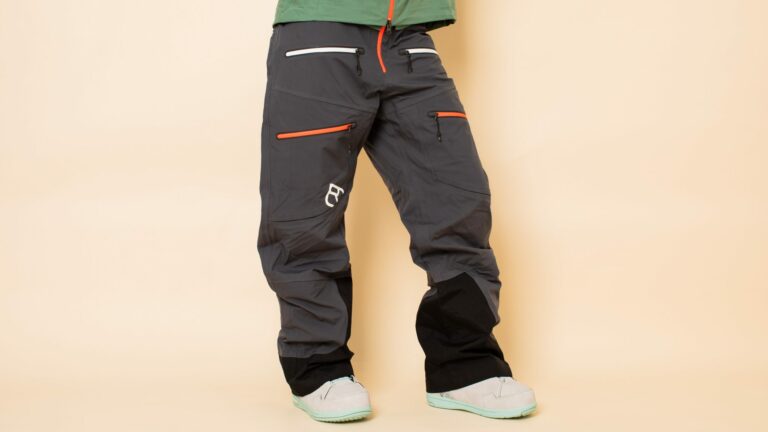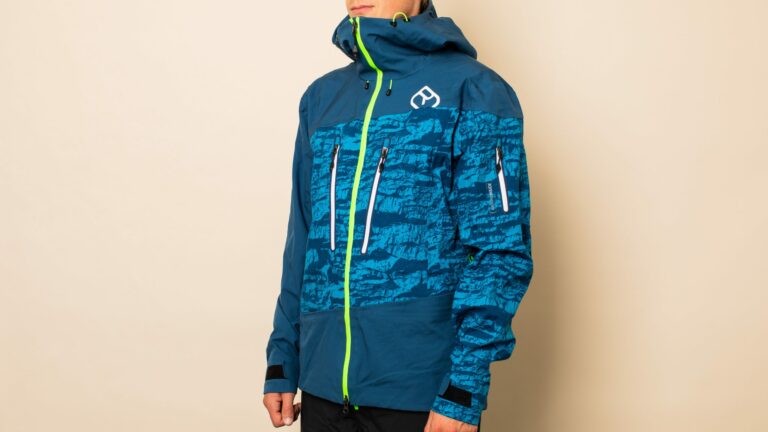- Price: $415
- Sizes: S, M, L
- Entry System: Classic
- Weight: 1365g/pair (Medium)
Why we chose the Spark Surge Splitboard Bindings: We left, we looked around, and we came back. This has to be our favourite split binding on the market.
If ever there was an arena for the words “bombproof”, “lightweight”, “durable”, “responsive” and “powerful” to parade around without so much as an ounce of concern for their actual meaning, then the snowboard industry must be it. Y’know what though, if ever there was a binding truly deserving of such adjectives, it would have to be the Spark R&D Surge splitboard bindings. They’ve won before, we’ve tested more bindings since, and they’ve come back around into the Whitelines 100 shortlist. While we’re yet to set the explosives on them, we can certainly attest for all other attributes.
Spark’s four key options are divided between the Arc and Surge, with both coming in Regular and Pro versions. Those who favour super lightweight can opt for the Pros, those who want a slightly softer, suryf flex may prefer for the Arcs. But those who prioritise charging on a binder that gives as good as it gets, the Surge is your ticket.
“While we’re yet to set the explosives on them, we can certainly attest for its other attributes”
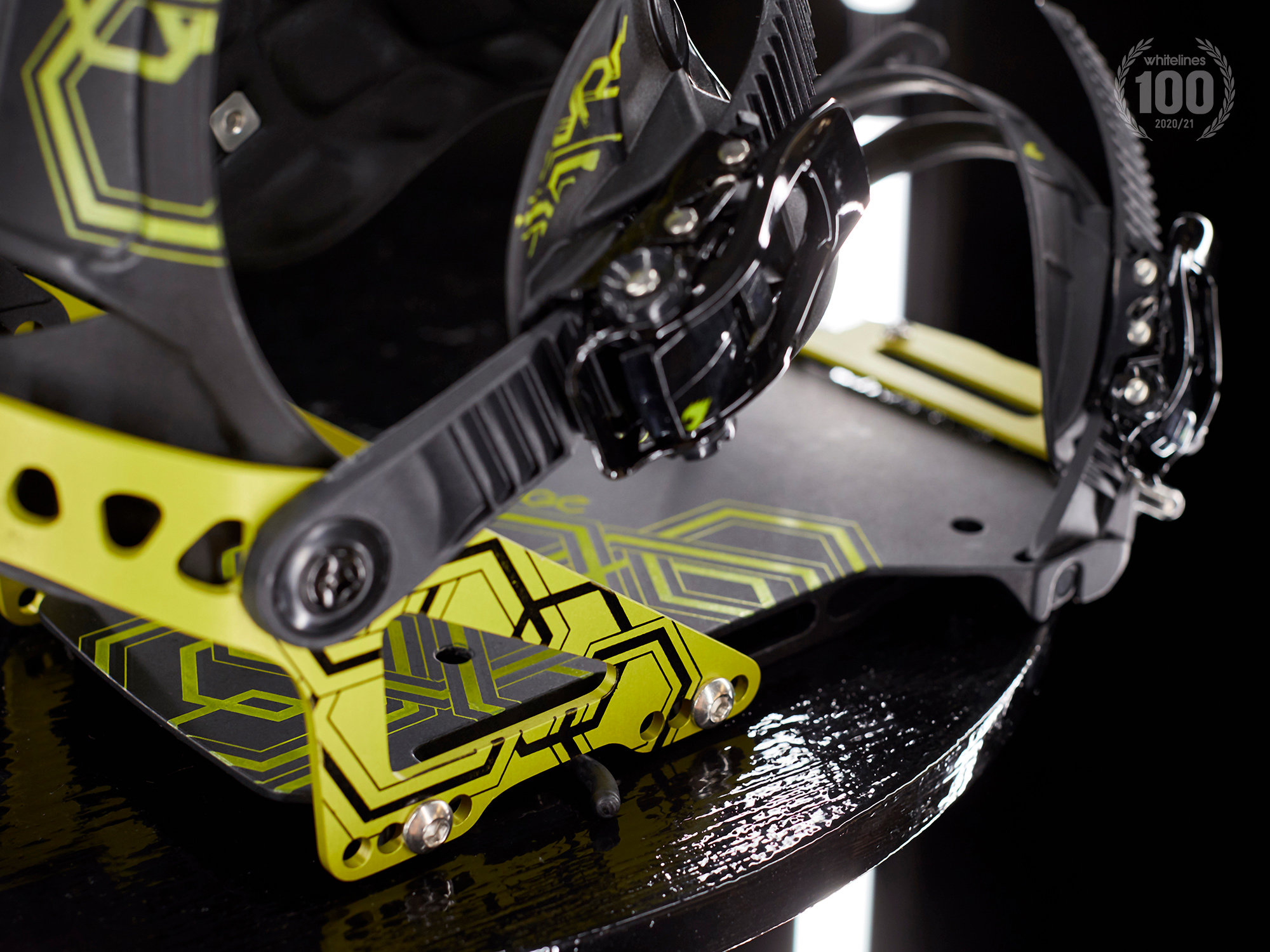
A brand whose very name bears the words “Research and Development” should give some idea of the levels of tinkering and tweaking that goes on in the Bozeman HQ, but what’s equally interesting is how little the bindings have changed in recent years. Spark have pretty much cracked it with the Surge – providing your the kind of rider going after bigger lines or just looking for an altogether more powerful and responsive ride than the Arc.
There’s a solid piece of CNC Aluminium comprising the Surge’s Tesla T1 Baseplate, making it substantially more rigid than the Arc, although undoubtedly adding a little to its weight. The simplicity of the system instantly dispels any myths about splitboarding’s fiddly nature. Simply slide it over the pucks you’ve mounted on your snowboard, and click the toe down to secure. Then do the reverse to remove it – it’s really that easy.

